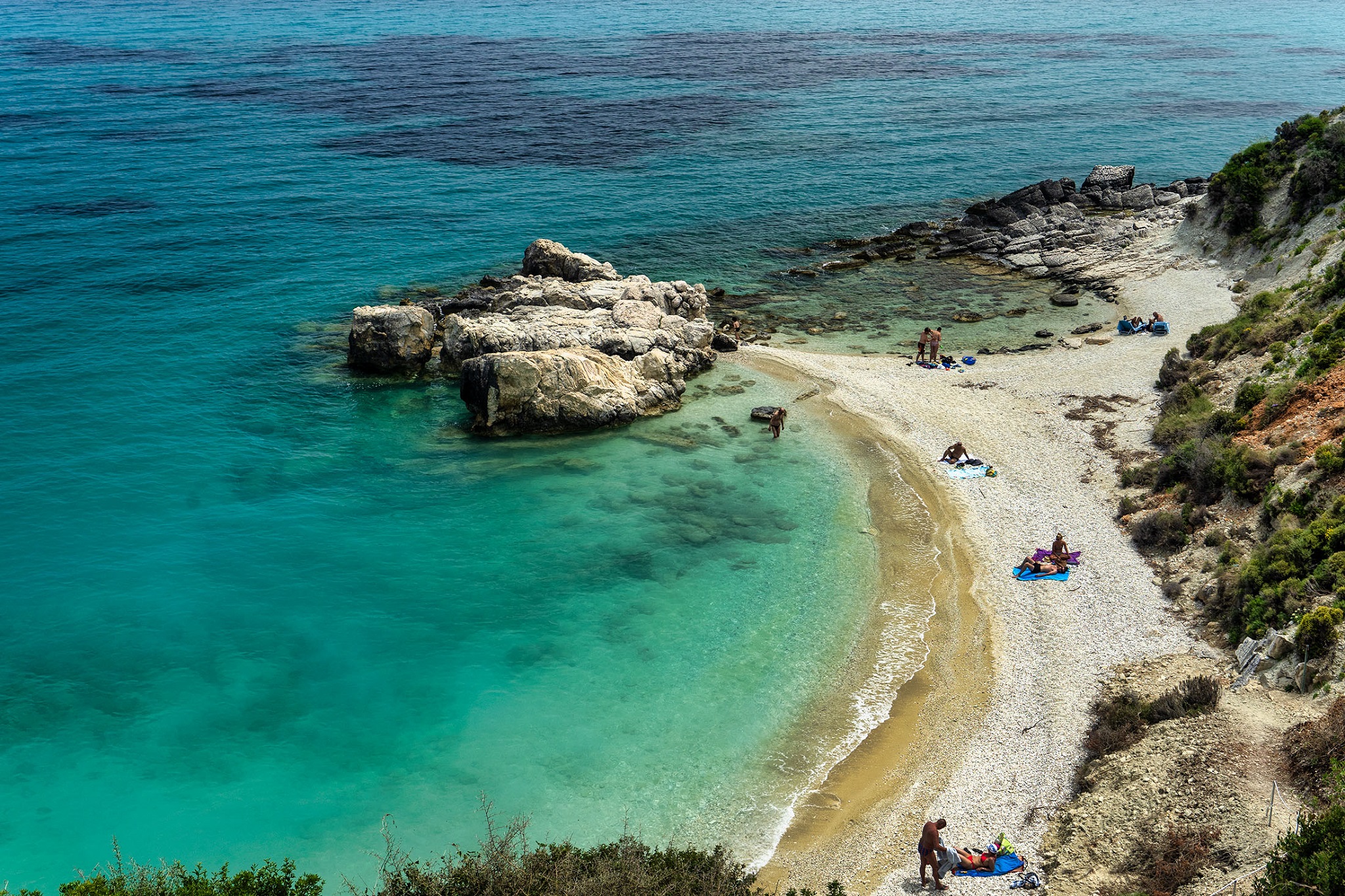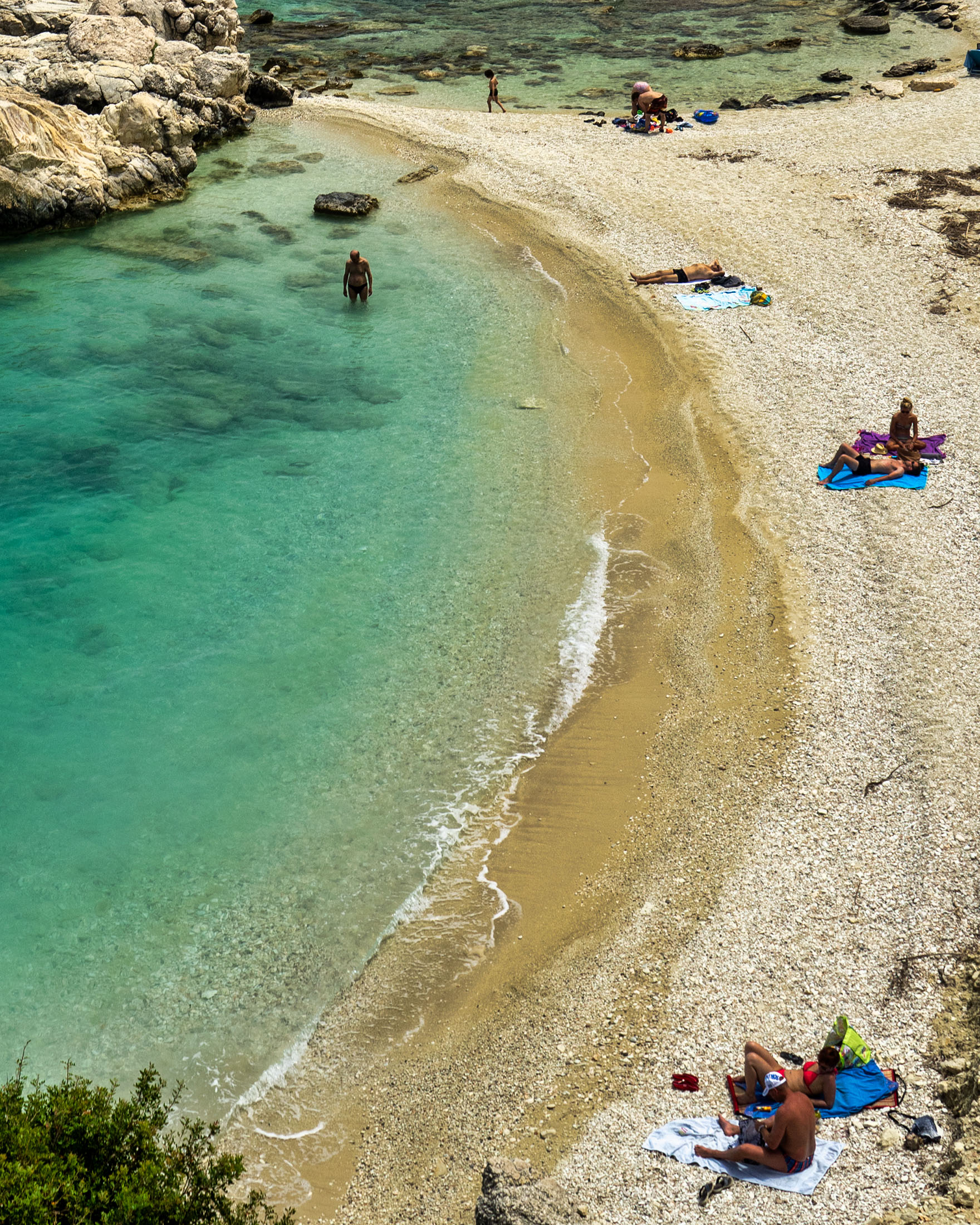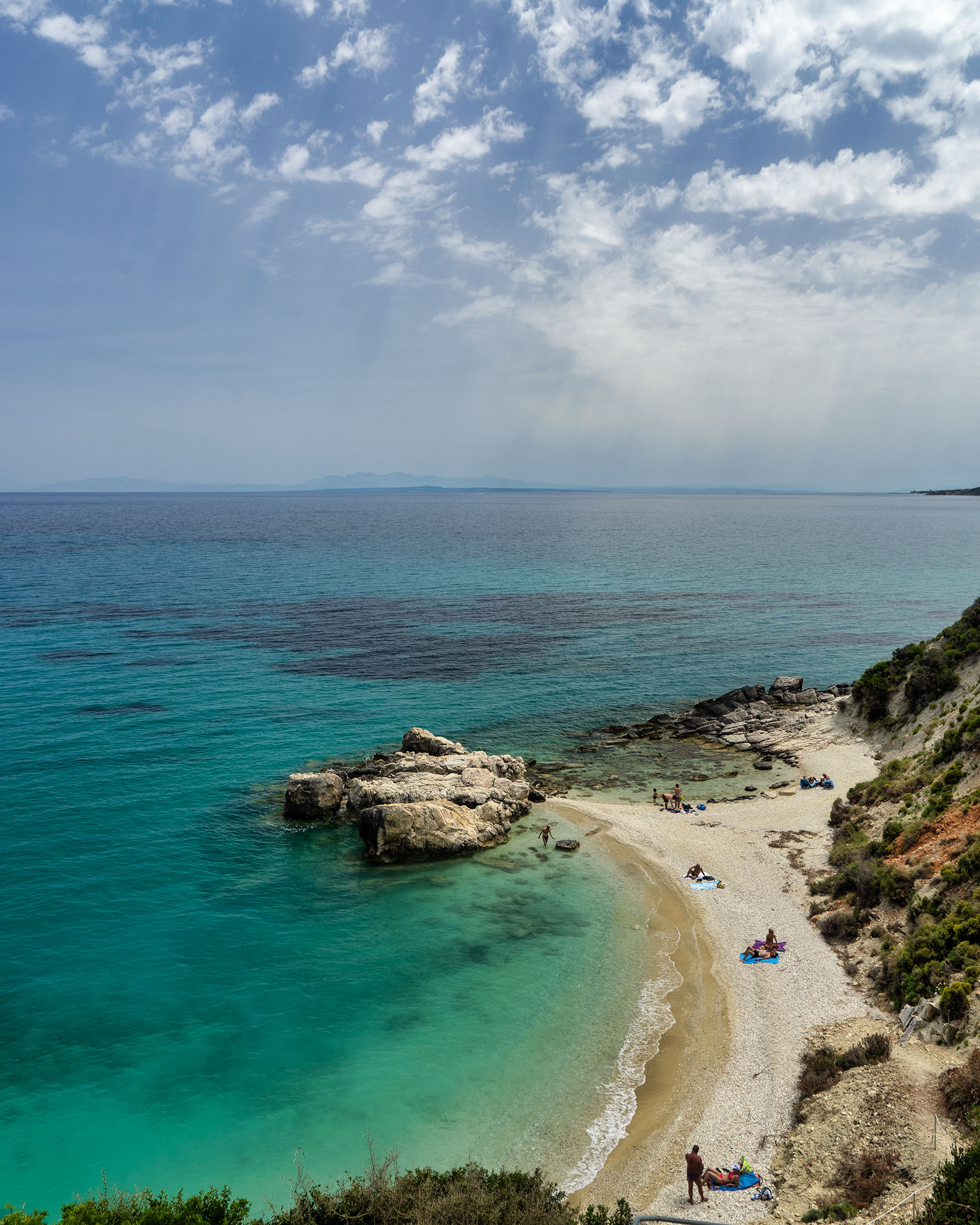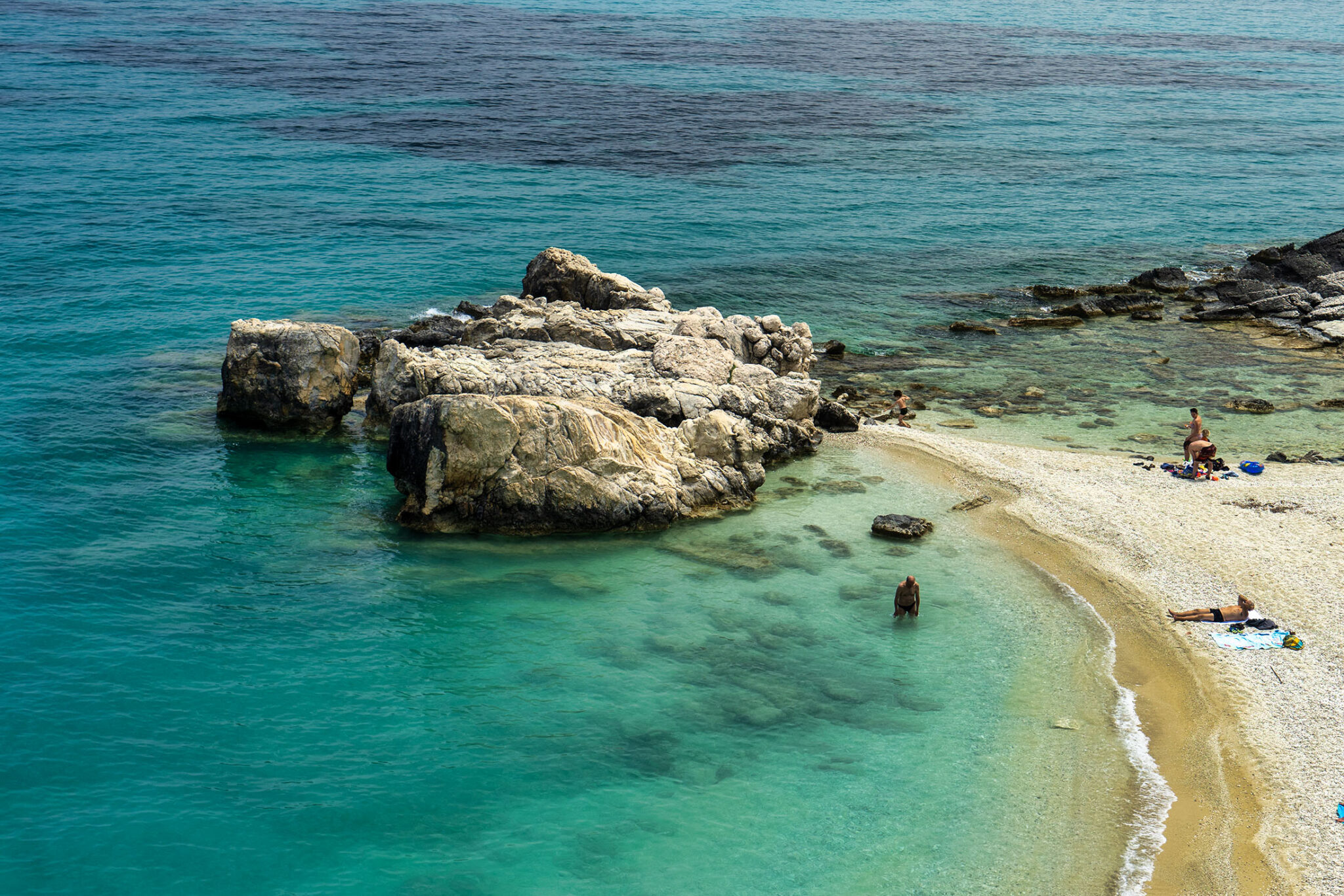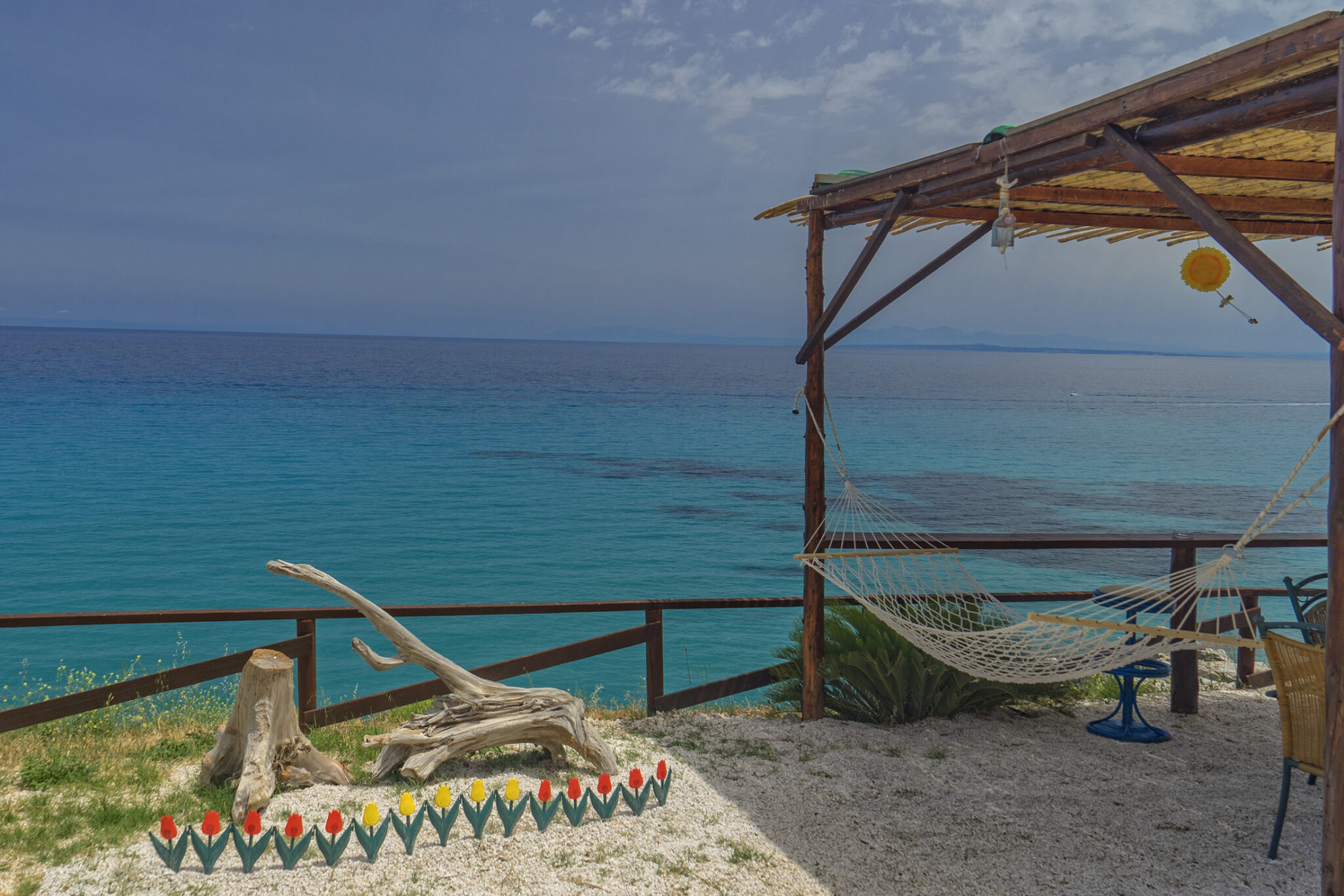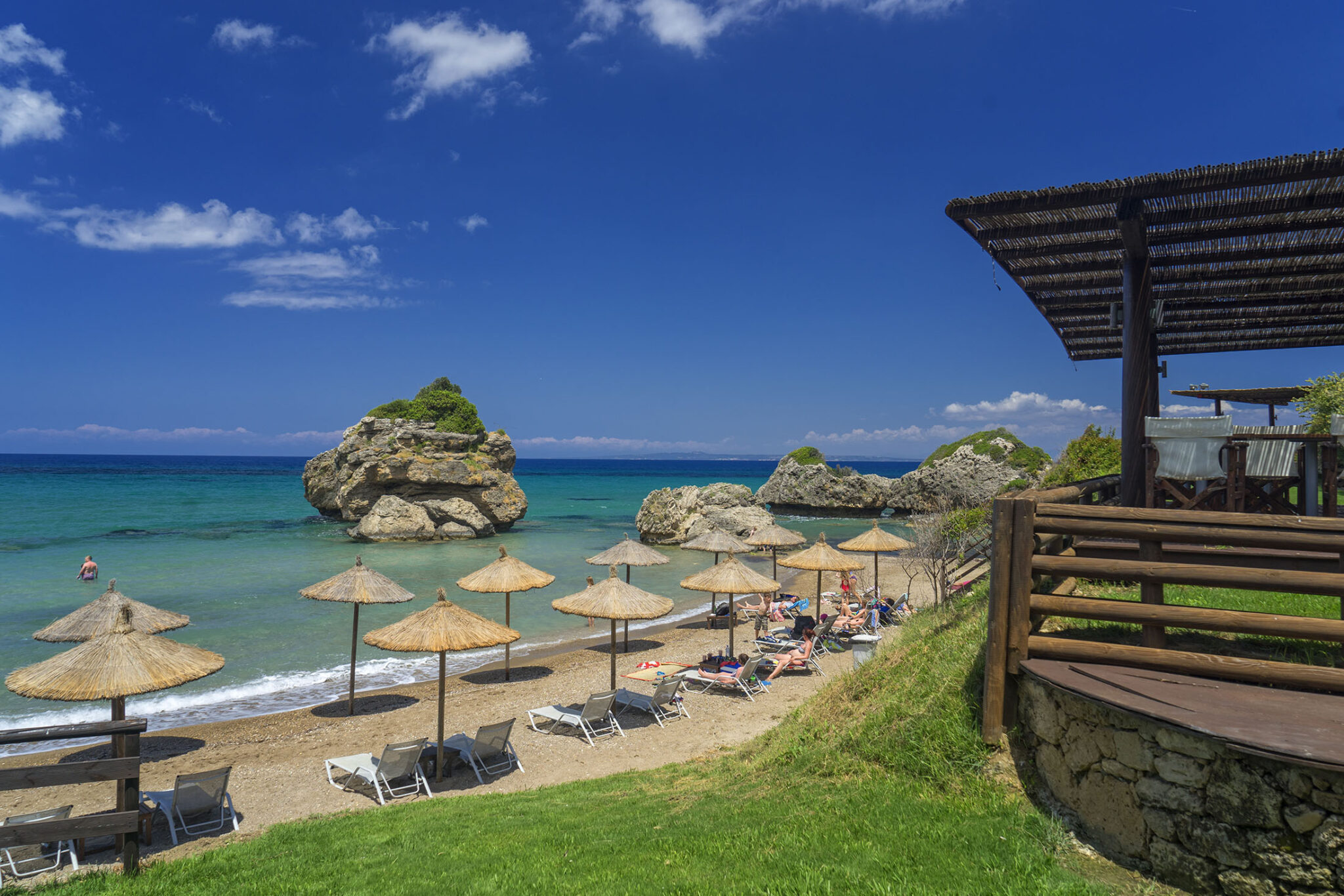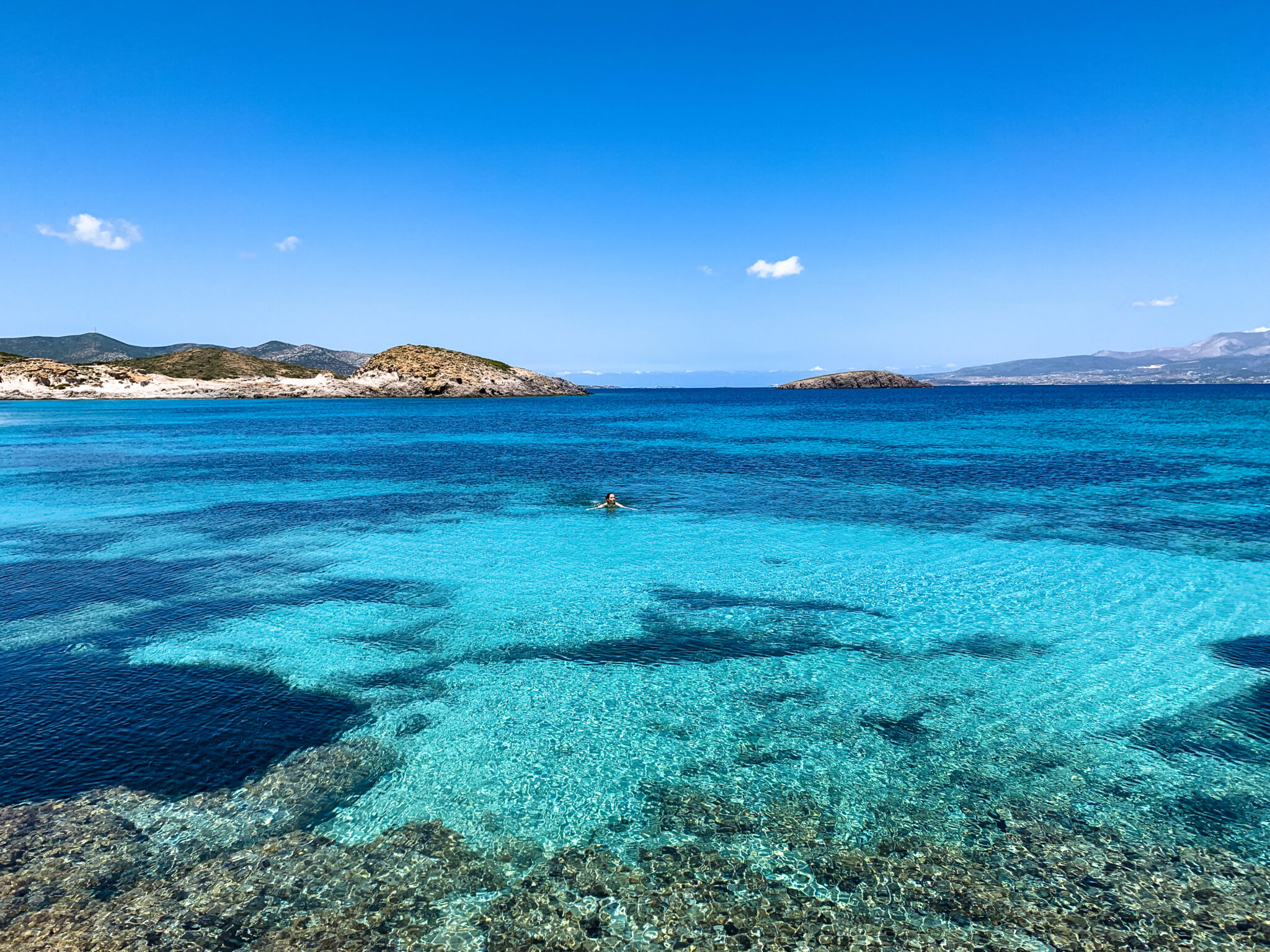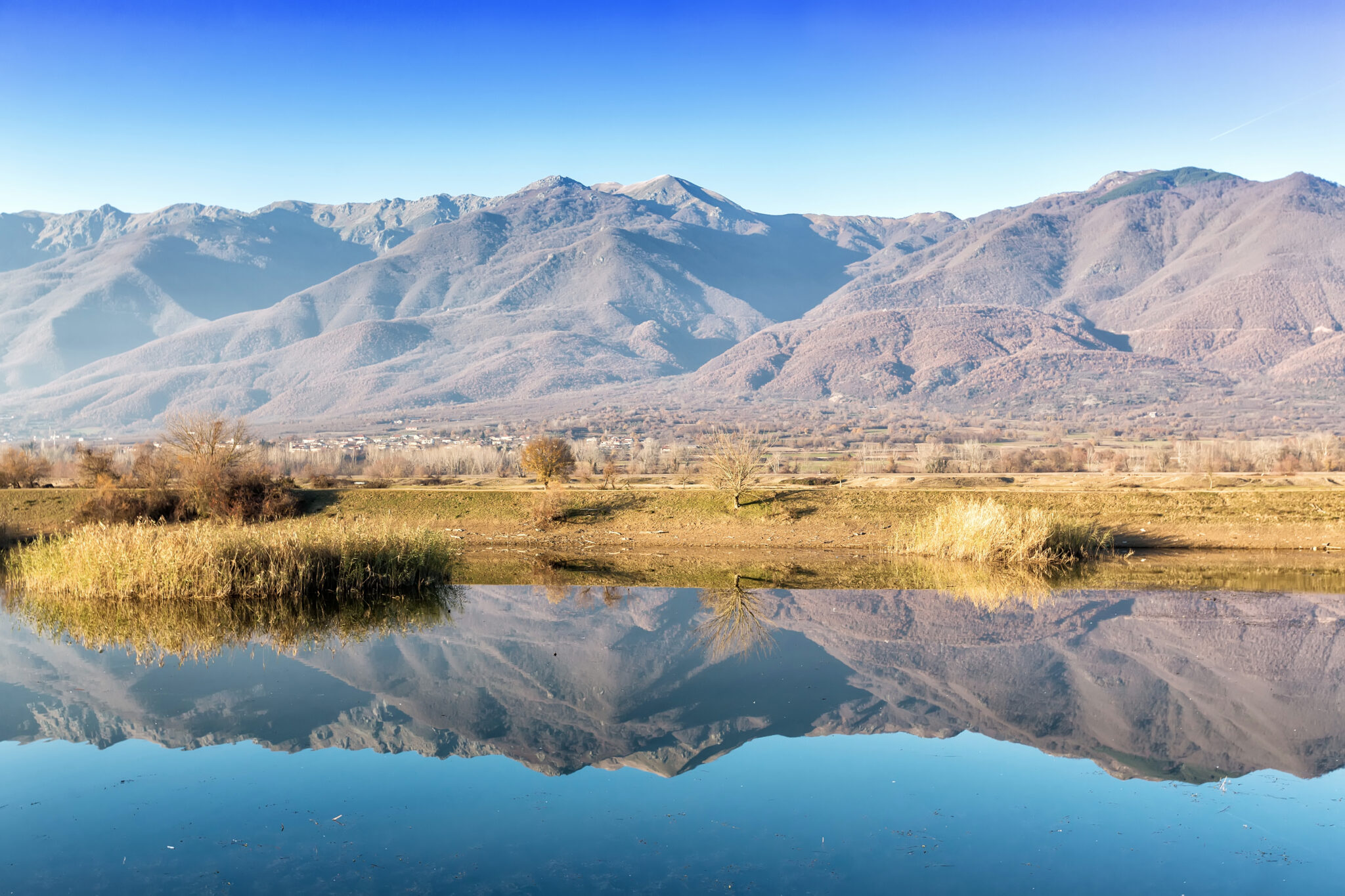Famed as the “Flower of the East” (Fiore di Levante), Zakynthos retains its very own character among the Ionian Islands, with which, however, it shares the natural beauties of the Ionian Sea that have made it a favoured travel destination for all seasons.
Like many of Greece’s islands, it is in summer that Zakynthos welcomes most of its visitors – from abroad as well as local holidaymakers. This is largely due to its stunning beaches, and the idyllic contrast created by the azure waters of the Ionian meeting the verdant, fertile valleys of the hinterland.
It is an island that has preserved its individuality and allure, with landscapes that beckon and enthral; an unspoiled retreat where the charms of the Mediterranean linger in timeless resonance, waiting for discerning visitors to discover it. Whether it’s the allure of the hidden cove or the subtler pleasures of the island’s lush interior, Zakynthos emerges, through these words, as a destination of rare beauty and enduring appeal.
Naturally, as a relatively large island, Zakynthos boasts countless beaches. The consequence of this is that some become especially well-known over time, while others remain, to varying degrees, “secret” – as secret as a place can be considered in today’s age of the internet and social media. One such spot, known only to those who have explored the island beyond its major attractions, is Pelagaki.
A “Hidden” Mediterranean Paradise
You might see this shoreline referred to as “Pelekaki,” but the correct name is “Pelagaki.” In Zakynthos, you may also hear it called “Mikri Xigia”, a name that merely reflects its proximity to the rather more famous beach Xigia, whose sulphurous, curative waters attract many visitors every summer – particularly those troubled by arthritis, cellulite, and skin problems. Like Xigia, Pelagaki is located on the northeastern side of Zakynthos, in a coastal area belonging to the territory of the mountainous village of Koroni, situated inland at an altitude of 161 meters.
Pelagaki is both concealed and exposed, waiting to be discovered, yet always retaining a hint of an enigma. It becomes more than just a beach but a narrative, a story interwoven with geological wonders, therapeutic qualities, and whispers of local nomenclature. Zakynthos’s hidden paradise offers a feast for the senses, a tactile, olfactory and visual experience that resonates with a deep-rooted connection to the earth and the eternal embrace of the sea.
Pelagaki seems hidden between two low hills, and there is no road leading directly to the beach, which means a little walking is required to get there. This, combined with the fact that it remains relatively unknown to many, helps it maintain an isolated character, avoiding excessive crowds even at the peak of the Greek summer. Note, however, that August usually sees quite a bit of traffic and especially the Italian visitors who have discovered it tend to return here year after year.
Upon reaching it, you’ll see that it was well worth the effort. The beach leaves a strikingly white impression, thanks to its gleaming pebbles, and also has beautiful, low-height rocky ends that those who love diving can easily climb. At the same time, these formations sculpt a wonderful seabed ideal for snorkelling.
Pelagaki’s allure is manifold, from its white pebbles that seem to glow under the Grecian sun to its dramatic rocky edges that invite exploration both above and beneath the water’s surface. It’s a place for adventurers, for those who don’t mind going the extra mile to discover something extraordinary. It’s a haven for snorkelers, divers, and sunbathers, who all come to enjoy a piece of Greece that feels both wild and intimate.
The loyal Italians who return year after year are a testament to its charm, as are those wide steps leading down from “Kantina Magda” that seem to beckon travellers towards the beach like a stairway to a secret paradise.
Pelagaki invites you to explore, dive, relax, and lose yourself in a place that remains, despite the encroachments of tourism, a little-known treasure on the island of Zakynthos. It’s a beach that whispers of the timeless beauty of the Mediterranean and offers a respite from the ordinary, a pause in the rush of modern life. It’s a place to reconnect with nature and with oneself, all under the generous embrace of the Greek sun.
All these natural beauties, however, are ultimately eclipsed by the sea you’ll encounter here: its azure hues are genuinely something else – you’ll feel as if you’ve landed somewhere exotic, far beyond the customary exaggerations of our era’s travel reports. It is the primary reason, after all, why those who adore Pelagaki deem it something akin to a small, Mediterranean paradise. Furthermore, the waters are crystal clear, deepening relatively sharply, with a “crystalline”, refreshing sensation, familiar to other beaches facing the Ionian Sea.
Here, you’ll find a few sunbeds and umbrellas during the summer season, belonging to the establishment you’ll spot at the top of the road, Kantina Magda, which supplies beach goers with cold water, refreshments and snacks to nibble on (e.g., fresh, tasty sandwiches). Its proprietors have devised a charming delivery system, with a basket that descends directly from their premises down to the shore, so you needn’t traipse up and down for whatever you might need – this even became the subject of a TV report this past July. Meanwhile, should you wish to lay your towel down on the beach, there are several spots available, but pack light as the uphill return can be a little daunting.
How to Get to Pelagaki
Embarking from the town of Zakynthos, you’ll set your course northwards, covering an approximate distance of 25 kilometres. Reaching the aforementioned Xygia beach by car is a straightforward affair: it will take you roughly 45 minutes to arrive in the region. Of course, if you have your own boat, you can always arrive by sea: as we’ve mentioned, the waters at Pelagaki deepen relatively sharply, thus offering the opportunity to anchor a short distance from the shore.
If arriving by car, the best option is to park at the top of the road, where you’ll also see Kantina Magda. From there, the beach is reachable after a few minutes of downhill walking, as there are 65 broad steps that lead directly to the pebbles of the shore. The somewhat challenging part is that you must ascend them on the way out, something that becomes more taxing if you’ve arrived with your own umbrellas and equipment. Finally, from the parking area, you’ll notice the start of a trail that is a little rough and leads you to a second beach that is larger and with even deeper waters.
Read also:
Kyra Panagia: A Northern Sporades Gem



